The recent spate of crashes in India involving trainer aircraft has brought into focus the country's abysmal state of affairs in civil aviation training. Two aircraft belonging to the same training establishment, Red Bird Aviation, crashed within a span of three days. It is reported that five aircraft of this institute have been involved in accidents or incidents over a period of six months. Red Bird Aviation is not the only training establishment to be involved in accidents. Industry observers state that there have been more than fifteen accidents in the preceding five years, which resulted in the loss of twelve lives.
The investigation by the Aircraft Accident Investigation Board of India (AAIB) will finally come out with a detailed report of each one of these accidents. Still, it is possible to list out the causes in general without getting into the specifics of each accident. India is now experiencing an explosive growth in the field of civil aviation, and to meet the growing demands of the industry, the training establishments are in an overdrive mode. Accidents and incidents are then inevitable. Cutting corners, compromising on safe practices, a tendency to take undue risks, lack of proper maintenance or, in other words, hurried maintenance, inexperienced instructors- all combine together to align the proverbial holes in the ‘Swiss Cheese Model’, and the inevitable result is an accident.
Short-Cuts
With all the airlines recruiting pilots on a regular basis, some enterprising businessmen have discovered an enormous potential to make a quick buck by investing in the flight training industry. Flight schools have mushroomed all over the country, irrespective of whether the chosen location is suitable for primary training or not. An essential requirement when it comes to the location of a flight school is good general visibility to enable solo flying by the trainees. The minimum requirement for solo flying by trainees is 5 kilometers of visibility. In northern India, this is hard to come by in the winter season, which starts in November and ends by the end of March. And the situation is only getting worse as the years pass by, due to increased pollution. Some flight schools find a way out of this situation by indulging in a widely known malpractice called ‘Dolo,’ where the instructor flies with the trainee, but the trainee logs it as a solo flight. This practice severely erodes trainees' confidence, but as everyone is in a hurry, the practice is accepted by both the parties involved: the flight school and the trainees. This has even caused some severe embarrassment to all concerned as in a couple of accidents, it was revealed that there were two occupants in the accident aircraft, but the flight plan listed the number of occupants as one.
As all modern aircraft are equipped with very sophisticated aids for navigation and landing, it is crucial that students get an exposure to these in their formative years. But sadly, some flight schools are located in remote airfields where such facilities do not exist.
In addition to the factors listed above, the industry's most crucial problem is the lack of experienced manpower, both for the maintenance of training aircraft and flight instructors. With all the airlines on a hiring spree, maintenance personnel, and flight instructors opt to join an airline as soon as they gather some experience. Airlines offer better pay and working conditions, which the training industry can never match. And it is the dream of most pilots to fly sophisticated aircraft. The high rate of attrition results in inexperienced instructors trying to teach flying in aircraft maintained by inexperienced technical personnel, which is a perfect recipe for disaster. As a former NASA astronaut and fighter pilot once said, “Training a rookie is the riskiest job; more difficult than combat, because in combat, at least you can anticipate what the opponent might do.” Contrast this with the United States, where the aviation industry is mature and well-developed. The minimum flying experience required to join an airline in the US is 1500 hours, in contrast to the 200 hours required in India. As a result, instructors remain in flight schools until they accumulate 1500 hours. This ensures a pool of experienced instructors in the flight schools.
Recognition of the Problem
If we were to reduce the number of accidents in flight training, the Civil Aviation department should first admit that there is a problem with the present system in place and find a solution after gathering inputs from those with operational experience in the field and who have a genuine desire to provide constructive suggestions. Any delay in this will sadly result in more precious lives being lost.
Read next
Amid allegations of graft involving some of its officials, aviation watchdog DGCA is carrying out a reshuffle of duties of various officials, and transferring them to different centres, according to sources. A preliminary enquiry against a senior DGCA official for alleged corruption has been completed, and the report has been submitted to the civil aviation ministry, sources added.
As part of the reshuffle, some officials have been transferred from Mumbai and Chennai, while some others have been shifted to other departments within the DGCA. There have been complaints of graft, the sources said. There was no comment from the Directorate General of Civil Aviation (DGCA) on the transfer of officials amid graft allegations. The preliminary enquiry was conducted as per the Central Vigilance Commission (CVC) norms against the official concerned.
Depending on the initial findings, authorities will decide on whether to have a detailed investigation into the matter. As per reports, the official facing the corruption allegations was in the DGCA department, handling flying training organisations.
What is the matter?
The Directorate General of Civil Aviation (DGCA) transferred its director of flying training on Friday, October 27, two days after allegations of corruption emerged against him. Capt. Anil Gill, who earlier headed the directorate of flying training, has been discharged from that duty and has now been reassigned to the aerosports department, according to the DGCA’s order.
The aviation regulator received a detailed complaint on Wednesday, October 25, in which multiple allegations were levelled against Gill by a whistleblower who accused him of “taking entire planes and aircraft as bribe in quid pro quo for extending favours”. Notably, the complaint, which was sent via email, had asked for the transfer of the flying training director before initiating an investigation into the alleged wrongdoings.
The Directorate of Flying Training (DFT) is responsible for the approval of flying training organisations in the country that can issue commercial pilot licenses. The primary allegation against the former DFT chief is that he allowed flying training organisations (FTOs) to get away with violations of established guidelines in return for bribes. These violations included safety lapses that resulted in multiple aircraft accidents, according to the complaint.
Allegations Against the Official
The complaint letter detailed a sophisticated mechanism through which Capt. Gill allegedly carried out corruption worth several crores. This includes a network of ‘benami’ aviation companies that were supposedly used to accept aircraft as bribes which were later leased out to select FTOs.
Such leased-out aircraft were then over-logged by FTOs that are in connivance with the former DFT chief to generate huge returns for the ‘benami’ companies, the letter alleged. The complaint put down how over-invoicing or over-logging was carried out by all parties involved. The letter also levelled allegations of money laundering against Gill.
Interestingly, the complaint alleged that two out of the three aircraft accepted by Gill as a bribe were leased out to Redbird Flight Training Academy, a Delhi-based FTO whose operations across all its bases were indefinitely suspended by the DGCA earlier this week. The regulator cited repeated safety concerns as the reason behind the suspension.
Redbird operates its training facility across five locations in India and one in Sri Lanka. The suspension came on the back of five accidents that took place at Redbird Academy in the last six months. The DGCA already stated that it will carry out an audit of the maintenance practices followed at Redbird.
On Monday, the DGCA announced plans to audit Redbird's maintenance practices and to carry out proficiency checks on the academy's flight instructors before allowing it to recommence operations. "These incidents point to a gap in maintenance and operational aspects," the DGCA stated. Redbird operates a fleet of about 40 aircraft and reportedly plans to expand this by another 20 planes by the end of March next year. Just last week, two of the academy's training aircraft crashed near Baramati in Pune.
On 19 October, one individual sustained minor injuries when a training aircraft faced an engine-related issue and loss of power, resulting in a crash. In another event on 22 October, two people were injured when a training aircraft was forced to make an emergency landing due to power loss.
Read next
Flybig, a regional carrier operating in India, is grappling with a challenging situation as lessors move to reclaim their aircraft following the suspension of the airline's flights earlier this month. Despite having commenced operations just three years ago, the airline has encountered technical issues, supply chain disruptions, and maintenance challenges, leading to the surrender of one aircraft and the repossession of others.
Background
Flybig entered the aviation market with a focus on connecting second-tier Indian cities under the government's UDAN regional aviation improvement scheme. The airline's fleet consisted of one ATR72-500, two ATR72-600s, and two DHC-6-400s.
Mutual Agreement and Technical Issues
In October, flybig returned the ATR72-500, VT-FBA (MSN 955), to Avation through a mutual agreement, citing technical issues that rendered the aircraft unsuitable for revenue flights since late August. Gokul Indani, the Chief Financial Officer of flybig, emphasized that the decision was made due to a global shortage of spare parts, severely impacting operational efficiency, causing cancellations, and increasing costs.
Operational Challenges and Supply Chain Issues
Flybig's spokesman highlighted that operational challenges were exacerbated by supply chain issues, making it difficult to secure spare parts promptly. The airline faced disruptions that forced it to pause operations in certain sectors, including the Northeast. The current situation has prompted a reassessment of operational strategies to address the challenges faced by the airline.
Lessors' Repossession
Despite flybig's explanations, several media outlets have reported that lessors are moving to repossess the remaining aircraft. VMAN Aero Services, lessors of both ATR72-600s, VT-TMC (MSN 1364) and VT-TMC (MSN 1385), in Flybig’s fleet, cited contractual defaults as the reason for reclaiming their aircraft. Additionally, one of the Twin Otters, delivered in October, is also subject to repossession by its lessor.
Impact on Routes and Future Plans
Flybig, which previously flew to 11 domestic destinations, including Agartala, Dibrugarh, Guwahati, Imphal, Kolkata, and others, is now facing disruptions in its services. The airline aims to resume operations in January 2024, assuring loyal customers that alternative solutions are actively being pursued to address the challenges.
Conclusion
Flybig's current predicament reflects the complex challenges faced by regional carriers in the aviation industry. The interplay of technical issues, supply chain disruptions, and lessor actions underscores the delicate balance required for successful operations. As flybig works towards resolving its issues and resuming services in early 2024, the aviation community will be watching closely to see how the airline navigates these turbulent times.
With Inputs from ch-aviation
Read next
Dubai-based airline Emirates has announced its intention to extend the operational life of its A380-800 fleet well into the late 2030s or even the early 2040s. In a recent statement to CNBC, Emirates President Tim Clark outlined the airline's strategy to leverage partnerships and maintenance deals to ensure the longevity and efficiency of its iconic A380s.
Strategic Maintenance Partnerships
Emirates has inked various maintenance deals with industry leaders to enhance operational efficiency, maximize fleet performance, and ensure reliability for its A380 fleet. Noteworthy partners in this venture include Honeywell Aerospace, Collins Aerospace, Pratt & Whitney, Lufthansa Technik, OEM Services, Gameco, Haeco, and others. This collaboration aims to optimize the lifespan of Emirates' A380s while unlocking additional operational efficiency gains, all in adherence to the airline's stringent standards.
Scope of Maintenance Contracts
The contracts encompass a comprehensive range of services, including base maintenance, spare parts supply, and C-Check contracts. These measures reflect Emirates' commitment to maintaining its A380s at the highest standards, ensuring they remain both safe and operationally efficient.
Strategic Locations for C-Checks
Critical to this maintenance strategy are the C-Checks, a series of extensive checks and overhauls performed at specified intervals. Lufthansa Technik will carry out these checks at Manila Ninoy Aquino International Airport, Gameco at Guangzhou Airport, and Haeco at Xiamen Airport. These strategic locations emphasize the global nature of Emirates' operations and its reliance on trusted partners in key aviation hubs.
Current Fleet Status and Refurbishment Plans
Emirates currently operates a fleet of 119 A380s, with 92 currently active. The remainder were temporarily parked during the COVID-19 pandemic, but Emirates anticipates bringing them back into service by early 2024. A significant portion of the active fleet, 67 aircraft, is slated for full cabin refurbishment, with 16 already completed. This move not only extends the operational life of the A380s but also ensures a modern and comfortable experience for passengers.
Commitment Amidst Changing Trends
Despite the industry's increasing shift towards new-generation twinjet widebodies, Emirates remains steadfast in its commitment to the A380. The airline's decision to continue operating the double-deckers reflects a strategic balance between embracing innovation and leveraging the unique capabilities of the A380, which remains unparalleled in terms of capacity and in-flight experience.
Conclusion
Emirates' commitment to operating its A380s into the late 2030s or early 2040s showcases a forward-looking strategy that combines maintenance excellence, strategic partnerships, and a focus on passenger experience. As the aviation industry evolves, Emirates stands out as a carrier willing to invest in and maximize the potential of its existing fleet, ensuring the A380 remains a symbol of luxury and efficiency in the skies for years to come.
With Inputs from ch-aviation
Read next
In a recent announcement during Embraer's Media Day in New York, Francisco Gomes Neto, the Chief Executive Officer (CEO) of the Brazilian aerospace manufacturer, outlined ambitious plans to reshape the company's production and delivery strategies.
Embraer aims to significantly cut production cycles, targeting a remarkable 30% reduction by the end of 2025. This strategic move is expected to enhance overall efficiency, reduce working capital, and provide a more balanced distribution of aircraft deliveries throughout the year.
Strategic Initiatives for Enhanced Efficiency
Francisco Gomes Neto highlighted that the company has already made substantial progress, achieving a 20% reduction in production times in 2023, despite facing challenges within its supply chain. To further enhance efficiency, Embraer is investing in artificial intelligence tools to optimize organizational processes. This technological advancement is expected to contribute to the targeted 30% reduction in production cycles, enhancing the company's competitive edge.
Shifting the Narrative: Year-Round Aircraft Deliveries
Traditionally, aircraft manufacturers, including industry giants like Airbus and Boeing, witness a surge in deliveries during the last quarter of the year. However, Embraer aims to shift this narrative by evenly distributing deliveries throughout the entire year. This move is anticipated to bring production stability, improve cash generation, and reduce the stress on the company's resources associated with year-end rushes.
Gomes Neto emphasized the importance of breaking away from the concentration of deliveries in the second half of the year, noting its adverse effects on productivity and cash flow. The initiative to spread deliveries evenly over the 12 months aligns with Embraer's broader strategy for long-term sustainability.
Addressing Supply Chain Challenges
Acknowledging potential challenges, particularly in 2024 due to ongoing supply chain instability stemming from the COVID-19 pandemic, Gomes Neto expressed confidence that from 2025 onwards, Embraer will successfully distribute production deliveries throughout the entire year. The company's commitment to addressing internal issues and fortifying its supply chain underscores its determination to streamline operations and ensure consistent delivery performance.
Impressive 2023 Delivery Figures
In 2023, Embraer demonstrated its delivery capabilities by successfully delivering a total of 105 aircraft, comprising 39 commercial aircraft and 66 executive jets. This marked a remarkable 33% increase compared to the same period in the previous year when 79 jets were delivered up to the third quarter. These figures reflect Embraer's commitment to growth and its ability to navigate challenges while maintaining a positive trajectory.
Conclusion
Embraer's visionary approach to revolutionizing its production and delivery processes positions the company for substantial growth in the coming years. By leveraging artificial intelligence, addressing supply chain concerns, and adopting a year-round delivery model, Embraer aims to enhance productivity, reduce capital investment, and fortify its standing in the competitive aerospace market. As the aviation industry continues to evolve, Embraer's strategic initiatives signal a commitment to adaptability, resilience, and sustained success.
Read next
Embraer, the Brazilian aerospace company, has achieved a significant milestone as its E190-E2 and E195-E2 aircraft have received type certification from the Civil Aviation Authority of Singapore (CAAS). This certification adds to the aircraft's previous approvals from the Federal Aviation Administration (FAA) in the USA, the European Union Aviation Safety Agency (EASA) in Europe, and the National Civil Aviation Agency of Brazil (ANAC) in 2018 and 2019.
Quiet and Fuel-Efficient Marvels
The E190-E2 and E195-E2 stand out as the world's quietest and most fuel-efficient single-aisle aircraft. This distinction is a result of advanced engineering and innovative technologies incorporated into the design. The aircraft's eco-friendly features align with the global aviation industry's growing emphasis on sustainability and fuel efficiency.
Scoot to Operate E190-E2 from 2024
Scoot, the low-cost subsidiary of Singapore Airlines, is gearing up to operate the E190-E2 in its fleet starting in 2024. This move reflects Scoot's commitment to embracing modern, fuel-efficient aircraft to enhance its operational efficiency and provide environmentally conscious travel options for its customers.
Mr. Leslie Thng, Scoot’s Chief Executive Officer, expressed enthusiasm about the certification, stating, "Certification of the E190-E2 and E195-E2 by the Civil Aviation Authority of Singapore marks a significant milestone for Scoot. It reinforces our commitment to operating a modern and fuel-efficient fleet and brings us a step closer to offering more travel opportunities to our customers."
Global Recognition
The certification process involved a thorough assessment by CAAS, and Embraer expressed gratitude for the recognition. Mr. Raul Villaron, Vice President and Head of Region, Asia Pacific, Embraer Commercial Aviation, acknowledged the achievement, saying, "We welcome the type certification of the E190-E2 and E195-E2 and thank CAAS for their thorough assessment. This is yet another milestone achieved as we work towards Embraer’s modern, fuel-efficient E190-E2 taking the skies in Scoot’s livery in 2024."
Singapore as a Hub for Regional Travel
Scoot's decision to operate the E190-E2 and E195-E2 positions Singapore as a hub for regional travel, showcasing the country's commitment to embracing cutting-edge aviation technologies. As the first Singaporean carrier to introduce the E2 series into its fleet, Scoot aims to enhance connectivity in Asia and contribute to the further development of Singapore as a key player in the regional aviation landscape.
Conclusion
The type certification from CAAS marks a significant achievement for Embraer and sets the stage for a new era in eco-friendly air travel with Scoot's adoption of the E190-E2 and E195-E2. These aircraft represent a paradigm shift towards quieter, more fuel-efficient aviation, aligning with global efforts to reduce the environmental impact of air travel.
With Inputs from Embraer



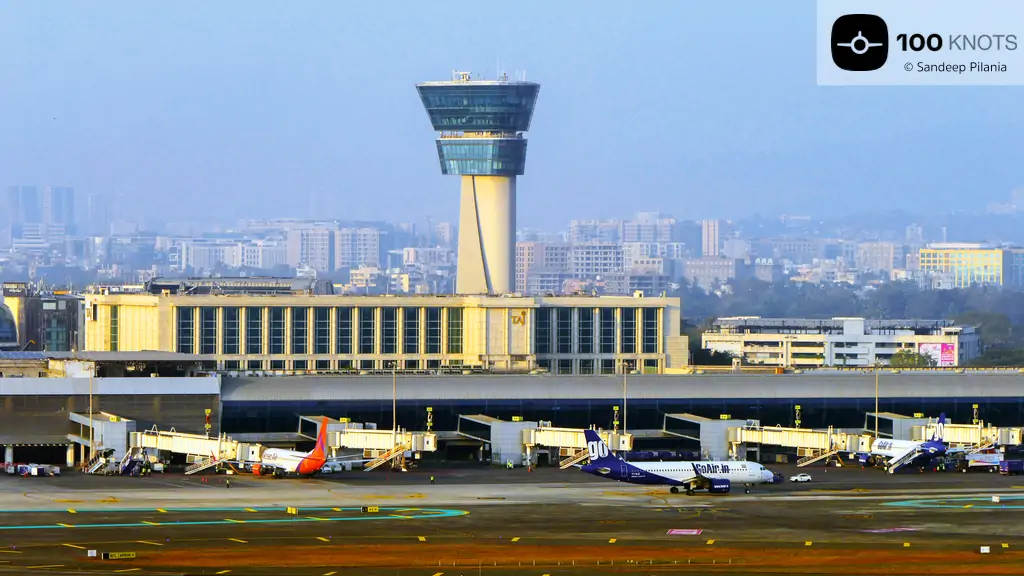

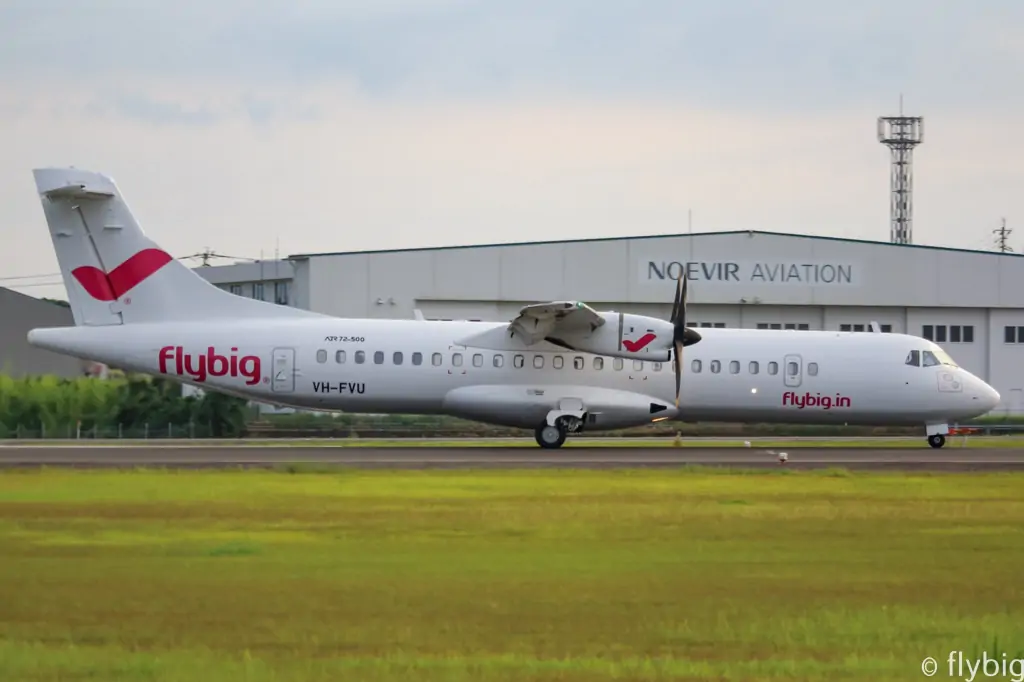
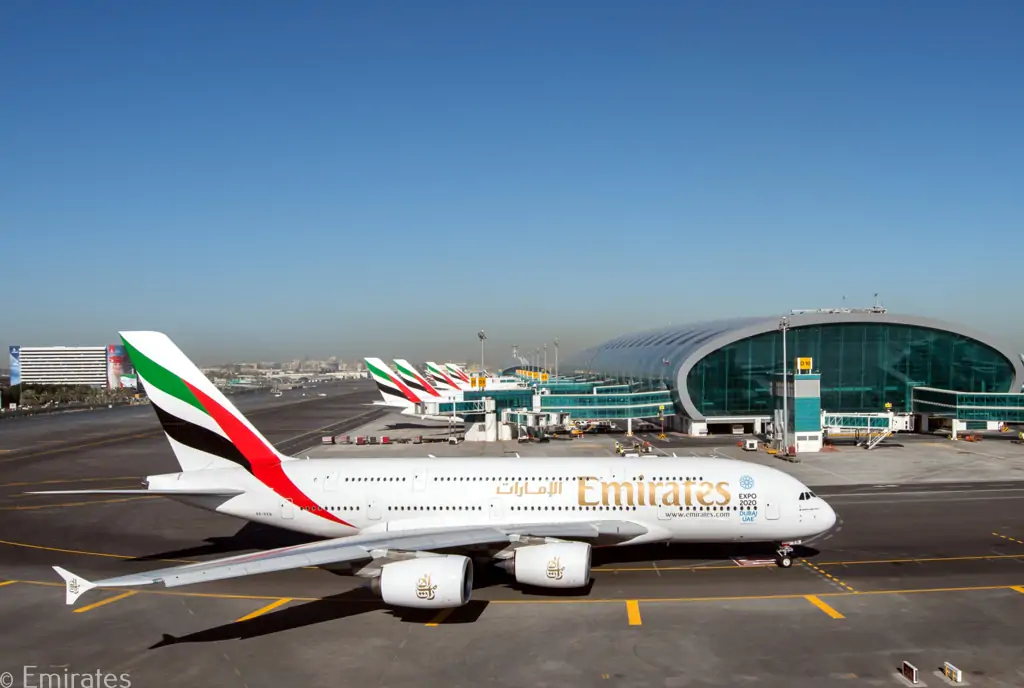
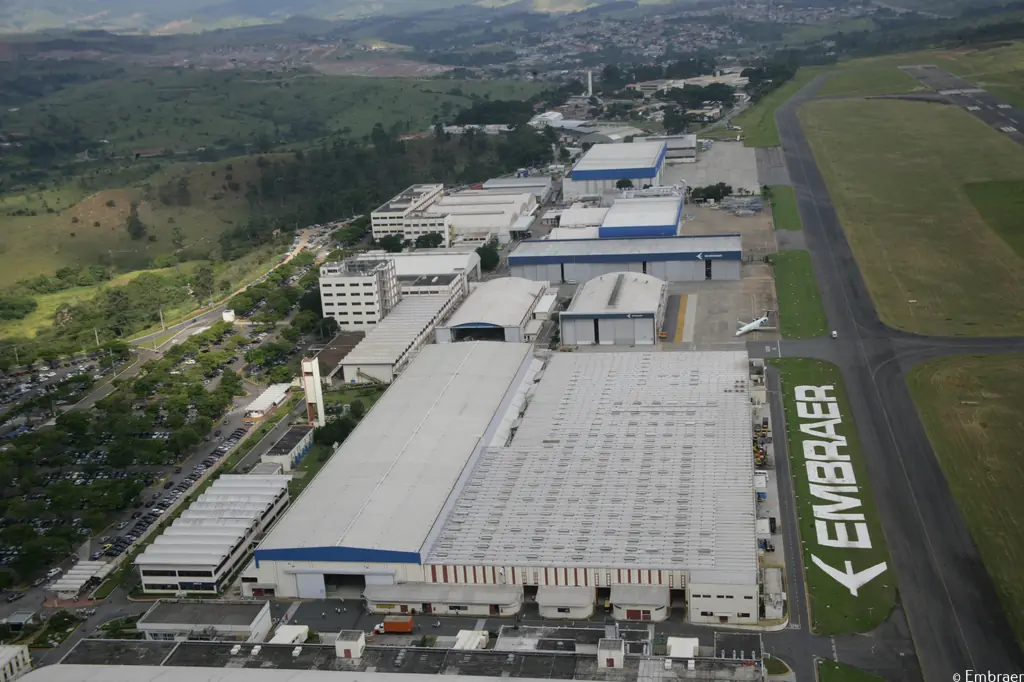
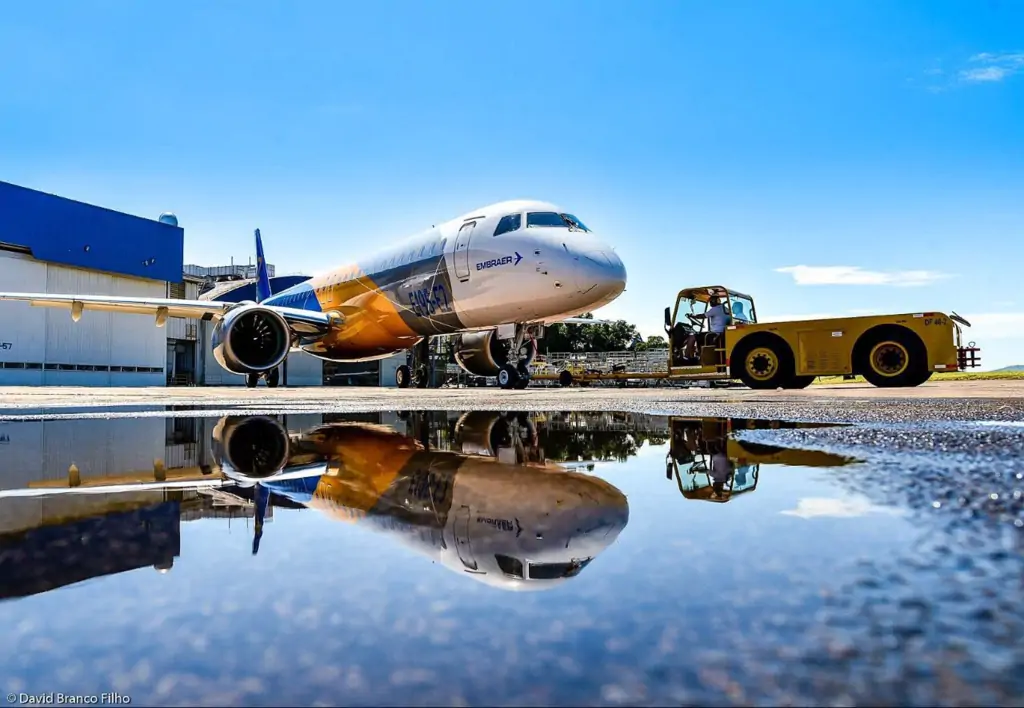
Comment